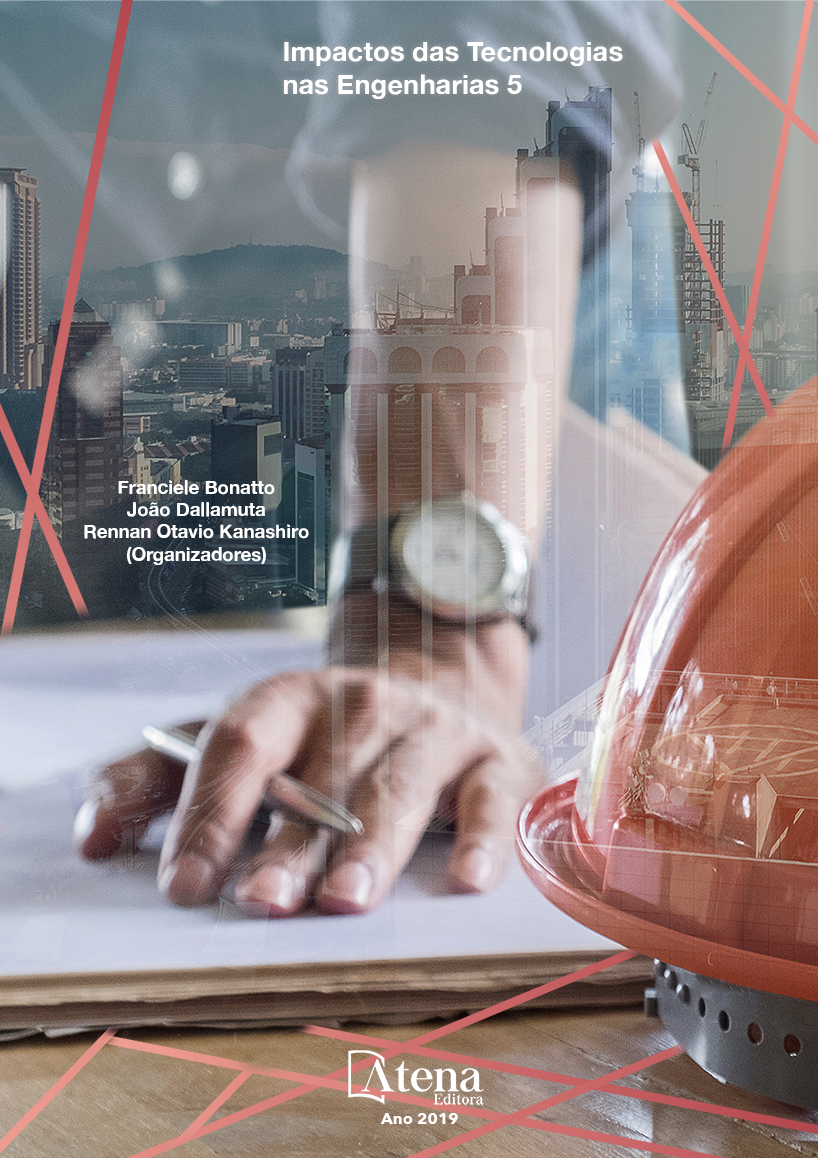
REMOÇÃO DE ÓLEOS E TURBIDEZ DA ÁGUA PRODUZIDA DO PETRÓLEO UTILIZANDO POLIELETRÓLITOS COMERCIAIS
A produção de petróleo gera
diversos impactos ambientais, um destes
é a associação de água na extração de
hidrocarbonetos, conhecida como água
produzida ou água conata, representando o
contaminante mais comum e mais problemático
para essa indústria, devido ao seu volume.
Na água produzida, mesmo após diversas
etapas de remoção deste da fase oleosa,
encontram-se ainda frações de óleo e graxas
dispersos, dentre outros. Portanto, empresas
trabalham para melhorar a recuperação dessas
frações e promover determinada qualidade a
esse efluente para sua reutilização posterior.
Neste trabalho foi avaliada a eficiência de
polieletrólitos comerciais na remoção de óleos
e graxas e turbidez em água produzida do
petróleo. Nos ensaios experimentais utilizouse o equipamento comercial JAR TEST e cinco
polieletrólitos comerciais nas concentrações
de 0 e 40ppm. Os resultados indicaram que o
polieletrólito comercial 4 foi o mais eficaz na
remoção de óleos e graxas e turbidez para a
amostra de água produzida do petróleo.
REMOÇÃO DE ÓLEOS E TURBIDEZ DA ÁGUA PRODUZIDA DO PETRÓLEO UTILIZANDO POLIELETRÓLITOS COMERCIAIS
-
DOI: 10.22533/at.ed.95419150318
-
Palavras-chave: Água produzida, Petróleo, Teor de óleos e graxas, polieletrólito.
-
Keywords: Produced water, Oil, Oil and grease content, polyelectrolyte.
-
Abstract:
The production of petroleum
generates several environmental impacts, one
of them being the association of water in the
extraction of hydrocarbons, known as produced
water or conata water, representing the most
common and problematic contaminant for this
industry due to its volume. In the water produced,
even after several steps of removal from the oil
phase, there are still oil fractions and dispersed
greases, among others. Therefore, companies
work to improve the recovery of these fractions
and promote a certain quality to this effluent
for later reuse. In this work the efficiency of
commercial polyelectrolytes in the removal of
oil and grease and turbidity in water produced
from petroleum was evaluated. In the experimental tests commercial equipment JAR
TEST and five commercial polyelectrolytes were used in the concentrations of 0 and
40ppm. The results indicated that commercial polyelectrolyte 4 was the most effective
in the removal of oils and greases and turbidity for the sample of water produced from
petroleum.
-
Número de páginas: 15
- João Luiz Porfirio da Silva
- Márcio Murinelly Josino Filho
- Andrea Francisca Fernandes Barbosa
- Rafael Oliveira Batista
- Valécia Dantas de Souza


